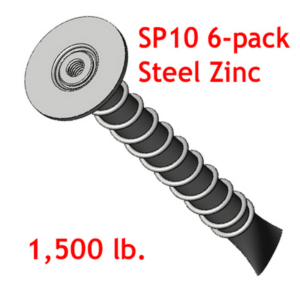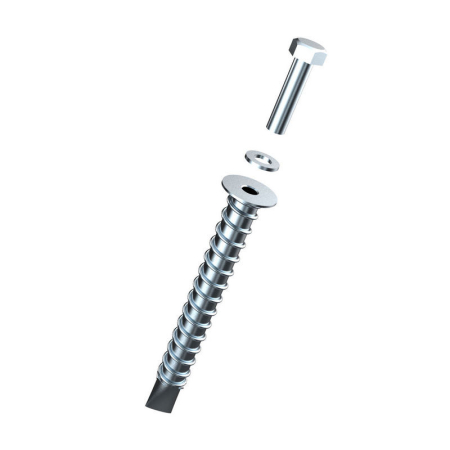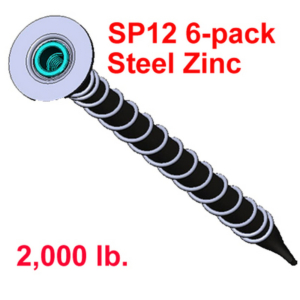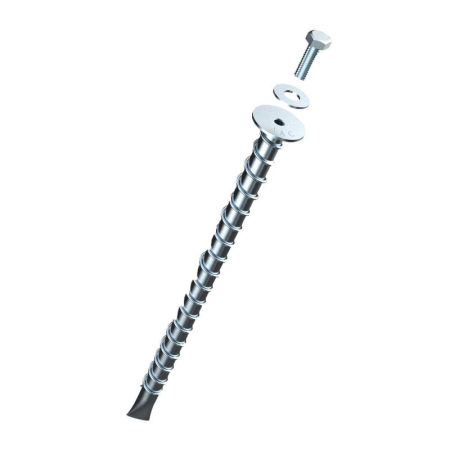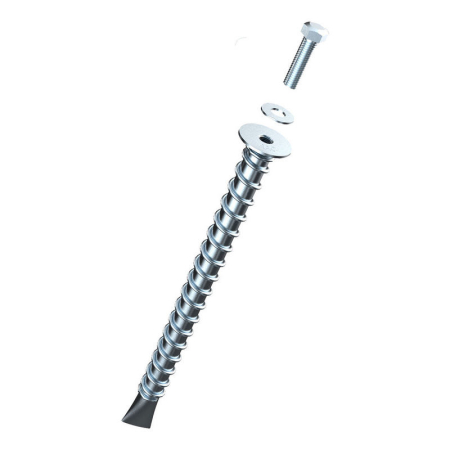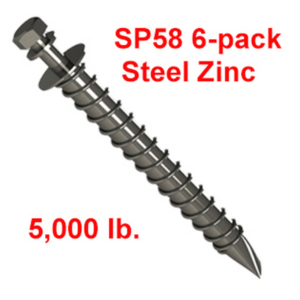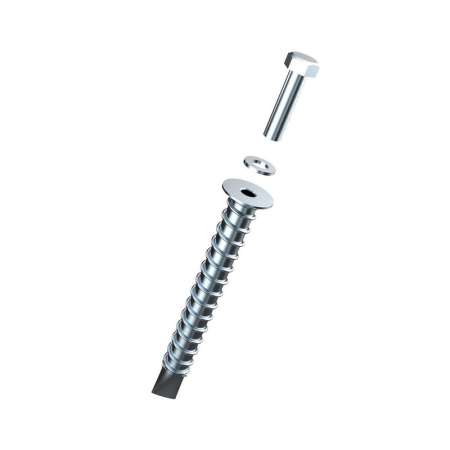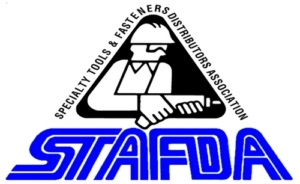COVID Tent Structures
A great many hospitals have been obliged to make use of temporary COVID-testing tents to accommodate the enormous numbers of tests which must be conducted on people who may be infected with the virus. In some cases, patients are even being treated in these temporary COVID tents, because the overflow from the main hospital building dictates that all available space be used to handle the overwhelming numbers.
Often times, it’s even more desirable to house patients in these temporary structures, because it lessens the chance of spreading the infection to others. Below you’ll find some important information about COVID tent structures which you may find useful if your organization should become obliged to seek additional space for testing or for treating overflow patients.
Features
Frame tents are especially sturdy, and can provide good protection from the elements, whether that be rain, strong winds, or even a passing storm. With a good anchoring system, these tents simply cannot be dislodged, and when waterproofed, they will also provide dry shelter for patients who require treatment outdoors. When proper steps are taken to install a good COVID tent structure, they can remain in place and provide good service for an indefinite period of time.
Securing your COVID tent structure
If your COVID tent structure is being secured to a lawn, stakes are generally used to secure it from being blown away. On an asphalt surface such as a parking lot, you should probably use Asphalt Anchors from MJC Sales & Marketing, since these do the job nicely and will not harm the asphalt. A little extra care must be taken on windy days to make sure the COVID tent structure is quite secure, and so that no one would be harmed in the event of a structure being blown away.
Benefits
The main benefit of using a COVID tent structure is to acquire considerable extra space which is just not available in the main hospital building. When demand exceeds capacity, there are few options available to a hospital staff, other than to try and create extra space through temporary structures. If patients are simply being tested, they can be sent back home after testing, with instructions to self-quarantine so as not to come into contact with others. Some of the larger COVID tent structures can be equipped with many of the implements which are needed for patient treatment, and can in effect, add considerable floor space to a hospital’s normal accommodations.
Purpose and Uses
There are quite a few ways that COVID tent structures can be used effectively to relieve congestion in the main building. Some tents are simply used as entrance ways for larger tents, so as to provide a transition area between outdoors and indoors. Some are used to shelter walkways between large tents and other hospital buildings, so that people going back and forth are not exposed to weather conditions. They can also be used as storage areas for equipment and accessories which might be used to treat patients who are temporarily housed in large outdoor tents. Some of the larger tents are used for testing patients, issuing vaccinations, and treating patients who have already become infected.
Sizes
Depending on how your COVID tent structure is to be used, it could come in a variety of different sizes. When used to shelter a walkway or to provide entrance to a larger tent, the COVID structure would be fairly small, perhaps 6′ x 10′. When used as a center for testing or vaccinations, it would be somewhat larger, possibly 20′ x 20′. Larger frame tents which are used to treat patients can be customized to meet the needs of space requirements, even coupling several tents together and supporting them with poles.
Content for using Asphalt Anchors to hold down tents and canopy structures.
- Tent Spikes, Earth Augers and 55-gallon barrels of water are commonly used to anchor down Tent and Canopy structures. Tent spikes from 42” and longer are time consuming and have limited uplift resistance. Earth Augers also have limit uplift resistance and need special equipment to drive into the payment and dirt below.
- Asphalt Anchors provide uplift resistant values from 1,500 to 5,000 lbs. They install and are ready to use in 15 minutes.
- Instead of driving a 42” Tent Stake, Asphalt Anchors require a 7/8” to 1 1/2” diameter hole and a drill depth from 6” to 10” deep.
- The SP58 Asphalt Anchor provides 5,000 lbs in uplift resistance. That far exceeds the performance of tent stakes and earth augers.
- Asphalt anchors can be installed flush with the surface of the asphalt. This is a great feature for temporary tent or canopy that will be taken down and reinstalled in the future. The tent can be re-anchored in the original Asphalt Anchor. No need to drive a new set up tent spikes into the parking lot. When not in use, the anchor thread opening can be capped with a plastic plug which protects the Asphalt Anchor from the elements.
- Asphalt Anchors save time and money.
- They install in a fraction of the time.
- They provide superior uplift resistance compared to tent stakes and earth augers.
- No special installation equipment is needed
- Anchors are ready to use in 15 minutes
- Corrosion resistant finishes: Zinc Plated, Stainless Steel 304 & Dacromet
Customers also searched for asphalt anchors.

